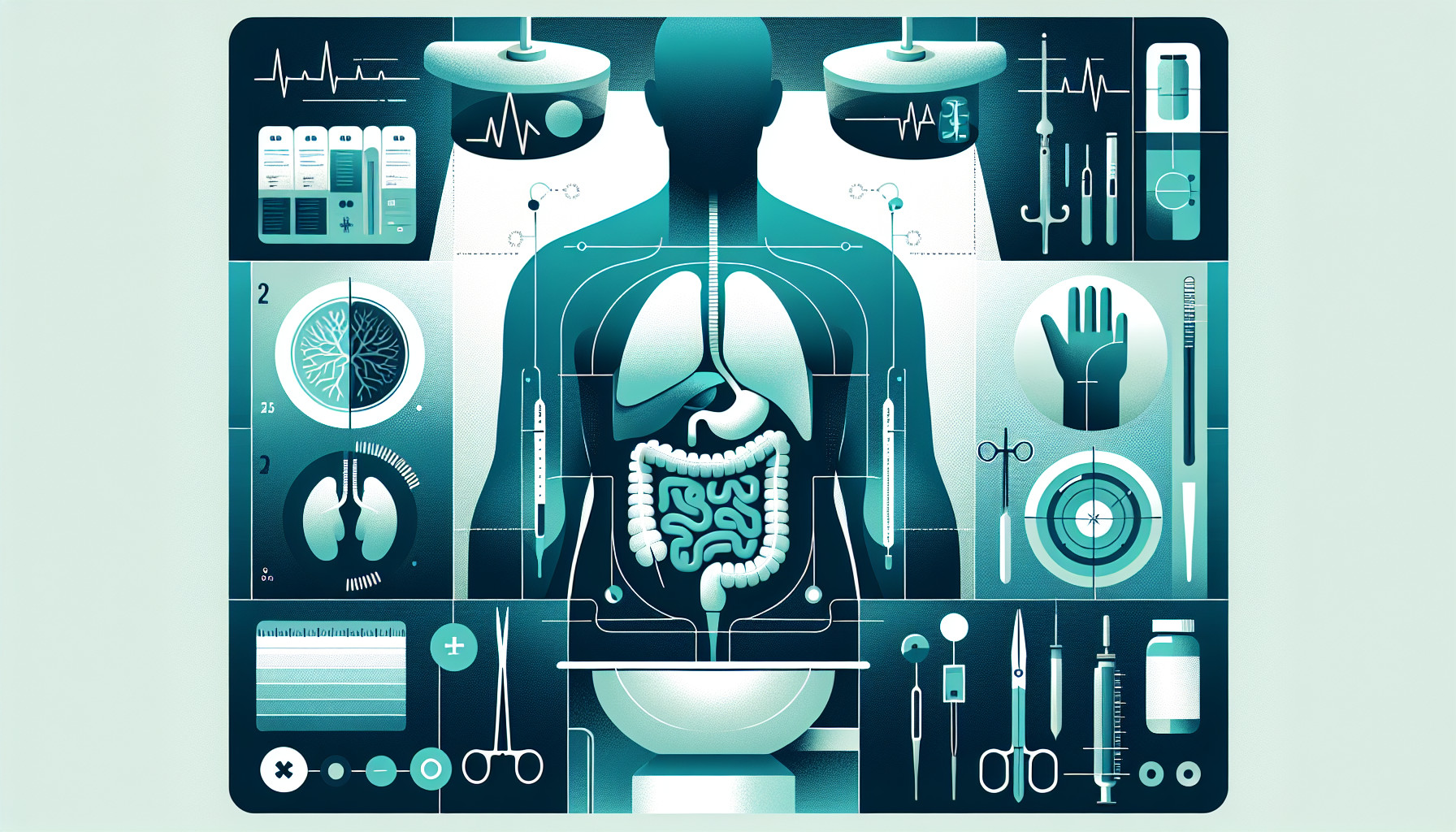Our Summary
This research paper is about the problems doctors face when monitoring patients who have had an intestinal transplant. Currently, the only way to check if the body is rejecting the new intestine is to perform regular invasive procedures, like endoscopies or biopsies. These are also used to spot any other issues related to the transplant, such as infections, allergies, inflammation, or diseases. However, there are no set guidelines on when and how these procedures should be performed, leading to inconsistencies in treatment across different healthcare centers. To address this, a group of international experts came together to discuss and standardize the process. The paper summarizes their discussions and recommendations on monitoring patients after an intestinal transplant, including the best practices for endoscopy and biopsy, evaluation of results, potential risks and complications, and the possibility of using less invasive techniques.
FAQs
- What is the current method for monitoring intestinal transplant rejection?
- What are some of the challenges faced in monitoring intestinal transplant-related complications?
- What are the potential risks and complications associated with endoscopy and biopsy techniques in intestinal transplant monitoring?
Doctor’s Tip
A doctor might advise a patient receiving an intestinal transplant to undergo regular surveillance endoscopies and mucosal biopsies to monitor for rejection and other complications. It is important to follow the recommended guidelines for timing and technique of these procedures to ensure proper monitoring and early detection of any issues. Additionally, the patient should be aware of the potential risks and complications associated with endoscopic procedures and discuss any concerns with their healthcare provider. Less-invasive monitoring techniques may also be considered as part of the overall surveillance plan.
Suitable For
Patients who are typically recommended for intestinal transplant include those with irreversible intestinal failure, often due to conditions such as short bowel syndrome, necrotizing enterocolitis, or vascular disorders. These patients may have failed conventional medical therapies and require long-term parenteral nutrition or have severe complications related to their underlying disease. Intestinal transplant may also be considered for patients with complications related to previous abdominal surgeries or intestinal injuries.
Patients undergoing intestinal transplant may also have associated complications such as liver disease, which may require combined liver-intestinal transplant. Additionally, patients with certain metabolic disorders or autoimmune conditions affecting the gastrointestinal tract may also be candidates for intestinal transplant.
Overall, patients recommended for intestinal transplant are those with severe intestinal dysfunction or failure that significantly impacts their quality of life and overall health, and for whom other treatment options have been exhausted.
Timeline
Before Intestinal Transplant:
- Patient undergoes extensive medical evaluation to determine if they are a suitable candidate for intestinal transplant.
- Patient is placed on the waiting list for a suitable donor organ.
- Patient may undergo pre-transplant treatments to improve their overall health and reduce the risk of complications during and after the transplant.
After Intestinal Transplant:
- Patient undergoes regular surveillance endoscopies and mucosal biopsies to monitor for signs of rejection or other complications.
- Endoscopic biopsies are also used to identify and treat other ITx-related complications such as infections, allergies, inflammation, or graft versus host disease.
- Guidelines for endoscopy and biopsy after ITx are lacking, leading to variability in timing and technical performance between centers.
- An international expert group has convened to discuss and standardize practices for surveillance endoscopy after ITx.
- Considerations include surveillance and for-cause endoscopy, biopsy techniques, pathologic evaluation, risks and complications, outsourcing, and less-invasive monitoring techniques.
What to Ask Your Doctor
What is the purpose of surveillance endoscopy after an intestinal transplant?
How often will I need to undergo surveillance endoscopy and biopsy?
What are the potential risks and complications associated with endoscopy and biopsy after an intestinal transplant?
How will the biopsy samples be evaluated and what criteria will be used to determine if rejection or other complications are present?
Are there any alternative, less invasive monitoring techniques available for surveillance after an intestinal transplant?
What signs or symptoms should I watch for that may indicate a need for a for-cause endoscopy?
How will the timing of surveillance endoscopies be coordinated with other post-transplant care and monitoring?
Are there specific dietary or medication instructions I should follow before or after an endoscopy?
Will I need to be sedated for the endoscopy and what should I expect during the procedure?
Are there any specific guidelines or protocols that you follow for endoscopy and biopsy after intestinal transplant?
Reference
Authors: Garcia J, Oltean M, Rumbo C, Sharkey L, Kaufman SS, Ramos Boluda E, Gupte G, Martinez M, Moon J, Raghu V, Segovia MC, Sudan D, Talbotec C, Varkey J, Gondolesi GE, Mazariegos G, Venick R. Journal: Transplantation. 2024 Apr 1;108(4):827-835. doi: 10.1097/TP.0000000000004785. Epub 2024 Mar 23. PMID: 37723639
